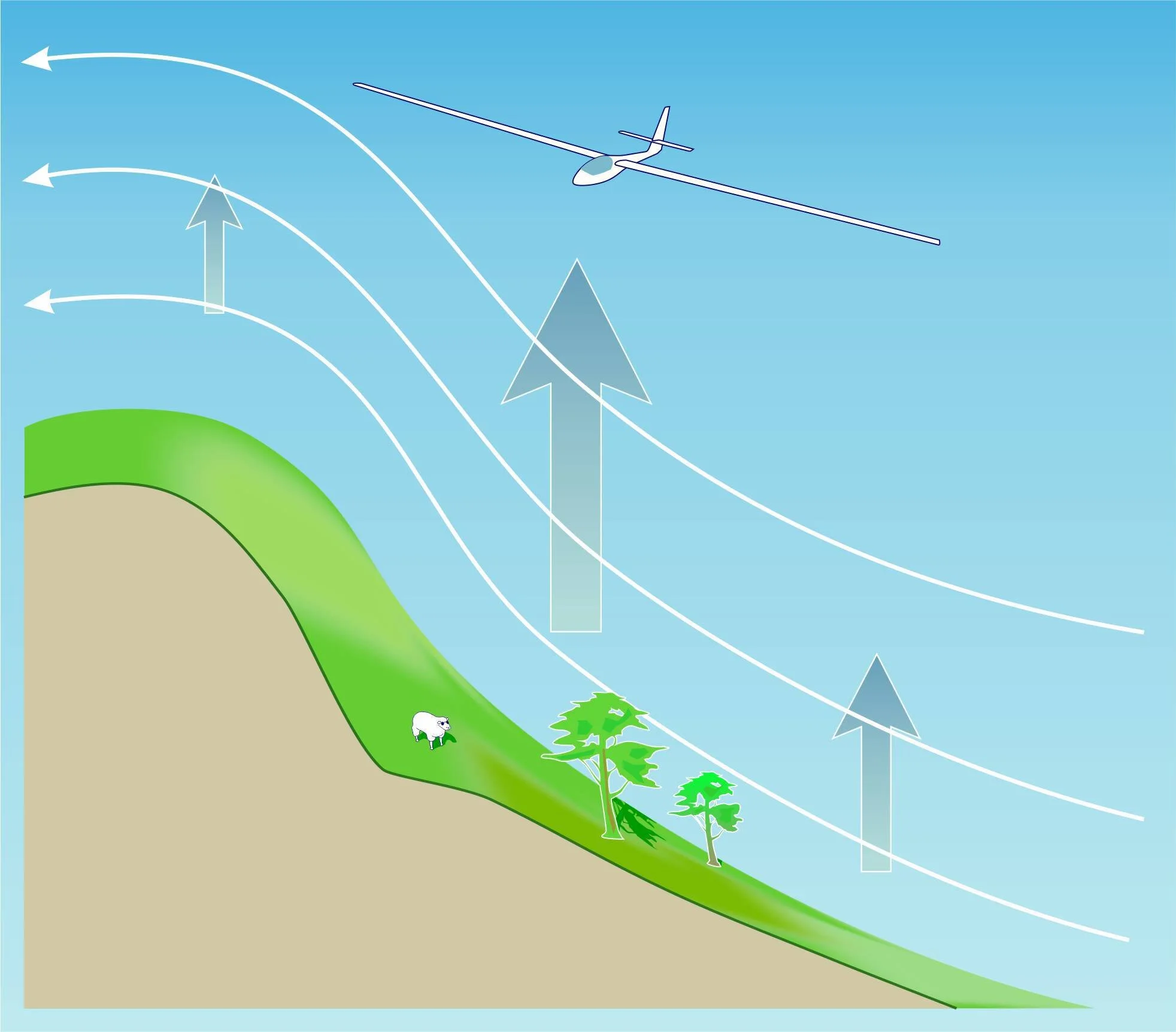
What is Gliding?
Gliding is flying in its truest sense.
As Leonardo Davinci is thought to have said - “Once you have tasted flight, you will forever walk the earth with your eyes turned skyward, for there you have been, and there you will always long to return.”
It's as close to being a bird that a human will ever get, experiencing the freedom of the skies, pitching your skills against nature to find the rising air keeping the glider flying.
It is legally possible for someone to achieve solo status from the age of 14, and there are members of the Mendip Gliding Club aged over 80 years who still fly. It’s a cross-generational sport.
We welcome everyone who is enthusiastic and keen to be a part of the club; we have juniors, ab-initio (novices) right along to members who have been flying most of their adult life, and every experience level in between.
Why do people learn to fly gliders?
There are many different reasons to start gliding. In our own club we have ex fighter pilots, commercial jet pilots, charter plane operator, powered hang gliders and microlight pilots, and many young pilots using gliders as an introduction into powered flying careers. The one thing we all have in common is a love of flying.
There are plenty of members who fly gliders purely for the pleasure of it and its affordability. It is a cost-effective route into flying. The friendly atmosphere in the club encourages active participation in what is a team sport. None of us fly without help from others!
How do they fly?
Gliders can stay in the air for many hours and cover hundreds of miles, all without an engine. How on earth can they do that? It is all about the rising air. Using your knowledge about air flow and thermals we all strive to find after the launch. Some of the types of that rising air, which we will now call lift, are explained below.
Types of Lift
Thermal Lift
Gliders can cover great distances using this type of lift as it occurs in many places.
Thermal lift is generated as the ground is heated by the sun, causing ‘bubbles’ of warm air to rise from the surface. The location of thermals can be determined from cumulus cloud activity with the position of clouds indicating a thermal underneath, however it’s never quite as simple as that…
The cumulus clouds start to appear at different times of the day, depending on what the ‘trigger’ temperature might be. If it's higher than usual then it might take a bit longer for them to start forming or it may never actually meet that temperature so the day might turn out to be 'blue' (that is, no visible clouds, to guide pilots to thermals). A day can be 'blue' for other reasons too.
On a good day a glider pilot will be able to climb in thermals up to ‘cloud base’ (the base of the cloud itself) and then continue flying for many miles, sometimes hundreds.
Wave Lift
Wave is a spectacular type of lift. It is very strong and smooth with high rates of climb that can help to set records. For wave to form several criteria have to be met. The air mass needs to be stable, which means little or no thermal activity must be present. If the air mass is too unstable it might not form. The wind profile needs to have a constant direction and increasing velocity with height.
As shown on the image, wave is triggered by meeting rising terrain. Often wave is marked by lenticular clouds high in the sky. A wave formation can extend for hundreds or even thousands of kilometres in some extreme cases. Many pilots make pilgrimages to the best locations such as Omarama in New Zealand (the Maori name for New Zealand, indeed, means ‘Land of the Long White Cloud’) to use wave to claim records. At Halesland, where Mendip Gliding Club is situated, wave generated over the Black Mountains of South Wales, forms less often but can sometimes be encountered.
Ridge Lift
Ridge Lift is the one form of lift from which our site benefits when the wind is blowing from the right direction(s). Because MGC is located on the Mendip Hills we have the access to a moderately sized ridge. When a wind is directed more or less perpendicularly to the face of the ridge at speeds of 15 knots or more, flights can be expected to be longer. Many pilots at the Club have used this source of lift for claiming their 5 hour duration flights (for ‘Silver C’ badges). Gliders use this rising air as indicated in the image.
All diagrams supplied by Steven Longland.



